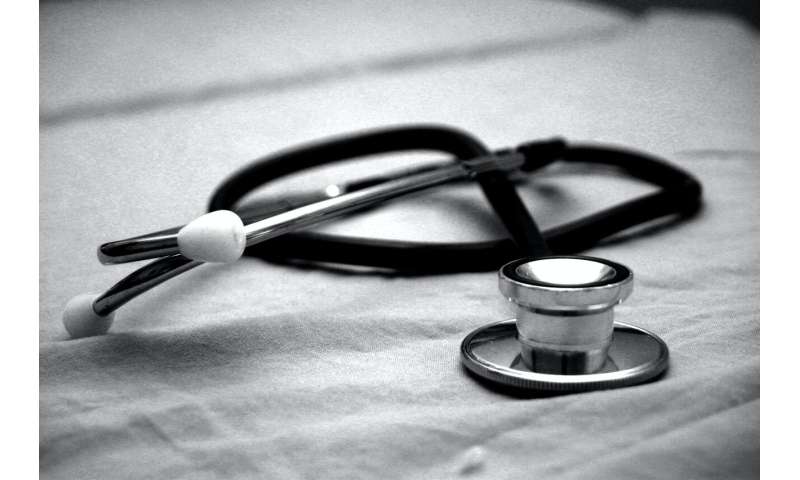

Scientific advances have transformed the prevention, treatment and cure of many diseases globally. However, millions of Africans continue to die, endure long periods of illnesses—and suffer negative impacts of diseases for lack of affordable, good quality effective drugs and medical therapies.
It is not acceptable that we continue to lose lives to preventable or treatable diseases for lack of timely access to appropriate and affordable medicines, vaccines and other health technologies.
Time to turn to antibodies
Monoclonal antibodies (mAbs) are a group of powerful medical technologies that are largely inaccessible in Africa despite their promise in treating noncommunicable and infectious diseases. Antibodies work as soldiers of the human body by attacking foreign substances including germs that cause diseases. Monoclonal antibodies are laboratory-produced versions of proteins that are designed to stimulate, enhance and imitate the body’s defense system’s attack on disease-causing agents. These medicines have the ability to bind directly to portions of viruses to prevent them from starting infections.
In the last 30 years, more than 100 mAbs have been licensed globally and are being used to prevent and treat diseases including cancers and autoimmune disorders. Monoclonal antibodies have also shown promise in the field of infectious diseases endemic to Africa. There are currently monoclonal antibodies under development for preventive and therapeutic treatment of Ebola, Zika, HIV and more recently COVID-19. These products are considered the “next frontier” in medicine because they are significantly more effective than previously available therapies and are often better tolerated.
But only 1 percent of monoclonal antibodies including biosimilars are registered in Africa with Nigeria having 10 registered and Zimbabwe only seven, compared with western countries, US, Canada and Europe that account for 77 percent of registered mAbs, and 112 mAbs registered in the US and in Brazil 77 mAbs have been registered.
Barriers to accessing monoclonal antibodies
Millions of Africans continue to miss out on these products because few have been licensed for use on the continent, and for those that are available, the prohibitively high costs mean that African governments cannot afford to procure them for the public health sector. This leaves the private sector as the only way to procure the drugs, and only those that can afford are able to access them.
For instance, trastuzumab is on the market to treat breast cancer, a growing problem in low-resource settings including Africa. With annual costs for a single patient ranging from US$5,712 to US$89,760, fewer than 5 percent of breast cancer patients in the 14 African countries where it is available can afford this highly effective treatment that is in use globally. In Kenya, the cost of a single dose of trastuzamab translates to more than 150,000 Kenyan shillings (almost US$1,400), while its similar version costs about US480 a dose, which is still too high for the average patient.
Lessons for African countries
The process of developing biologic medicines is long and costly, but the COVID-19 pandemic has taught us very harsh lessons on the consequences of not investing in health research and development. African governments are not investing enough towards health research and development (R&D) but evidence shows that local investment in product development reduces the costs of health products and promotes equitable access by those who need them the most.
There are barriers to registration and launch of mAbs in Sub-Saharan Africa. The variation in registration requirements across national medicines regulatory authorities increases the cost, time and complexity for manufacturers interested in submitting their products for regulatory review, making the Sub-Saharan African market unattractive.
Thus, pharmaceutical companies prioritize high and upper middle-income countries’ markets. An Access to Medicines Foundation report found that innovative products including mAbs and biosimilar are not even registered in 43 percent of priority low- and middle-income countries, including 13 of 46 countries in Sub-Saharan Africa.
The way forward
African governments must significantly increase their investments in research and innovations for medical products development. Governments must also increase local production of drugs.
Address the cost issues and reduce the time lag between availability of medicines in developed nations and availability in African health systems. Furthermore, the continent cannot continue to rely on the outputs of research based on markets with different disease priorities.
To lift the licensing barrier, countries in Sub-Saharan Africa should adopt harmonized regulatory and approval processes to remove the ambiguity of trying to adapt products to multiple country requirements. A bigger guaranteed market would provide a greater financial incentive for drug manufacturers to invest in research and development of technologies that are specific to the continent’s health priorities.
It is heartening that initiatives such as the Africa Medicines Regulatory Harmonization and the African Union Model Law on Medical Products Regulation are already helping to reduce licensing barriers to accessing mAbs and other medicines.
However, bridging the gap between availability and access to mAbs in Africa will require quick action from multiple players such as the private, public sectors, regional bodies, philanthropists, development partners and national governments.
Source: Read Full Article